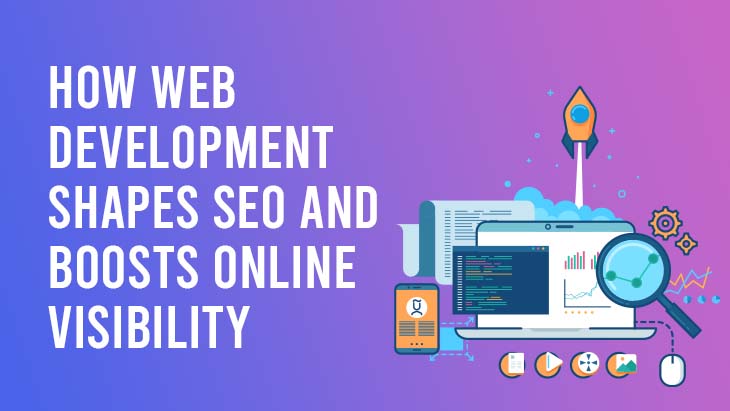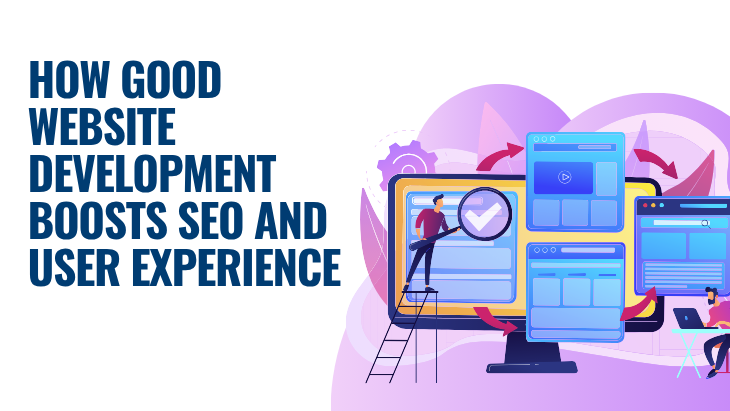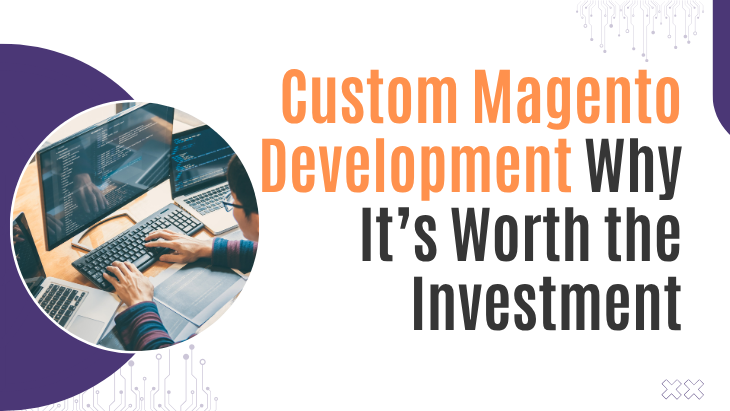What is No-Code and Low-Code Development?
No-code and low-code development platforms have emerged as game changers in the world of web and app creation. These platforms enable users to build fully functional websites, mobile apps, and automated workflows using visual interfaces instead of traditional programming. Whether you’re a small business owner or a corporate executive, these tools allow you to bring ideas to life without writing a single line of code (in most cases).
Why It's Gaining Popularity
Speed, simplicity, and accessibility that’s the magic combo. With businesses racing to launch digital products faster, no-code and low-code tools are empowering teams to build, test, and launch without waiting on IT or hiring developers. It’s all about doing more with less, faster.
Understanding No-Code and Low-Code
Definitions and Differences
1. No-code
Platforms are designed for non-technical users. They offer drag-and-drop interfaces and pre-built logic to build complete apps or websites—zero coding required.
2. Low-code
Platforms are more developer-friendly. They offer similar drag-and-drop tools but also allow you to add custom code when needed, giving more flexibility.
Core Concepts Behind the Movement
At its core, no-code/low-code is about abstraction—removing complex technical steps and replacing them with intuitive, visual building blocks. Think of it like building with Legos instead of crafting your clay bricks.
The Tools That Power It
Most platforms include:
* Visual editors
* Templates and themes
* Database integration
* APIs and third-party plugins
* Hosting and deployment features
The Evolution of Web Development
1. Traditional Coding vs. No-Code/Low-Code
In the past, launching a website required HTML, CSS, JavaScript, and backend languages like PHP or Python. No-code platforms like Webflow or Bubble let users do the same, without touching code. The result? Faster, cheaper builds.
2. The Shift Toward Simplicity and Speed
Businesses today prioritise time to market. No-code and low-code tools dramatically cut down development timelines, allowing faster iterations and quicker customer feedback loops.
3. Democratizing Tech: Opening the Doors for Non-Developers
You don’t need to be a techie anymore. Designers, marketers, and even virtual assistants can now build full websites or workflows—no dev team required. It’s a revolution that puts the power of tech in everyone’s hands.
Benefits of No-Code and Low-Code Platforms
1. Speed and Efficiency
One of the biggest draws? Speed. What once took months can now take days—or even hours. You can go from idea to execution lightning fast.
2. Cost-Effectiveness
Hiring a full-stack developer can cost thousands of dollars. No-code tools offer subscription-based pricing or freemium models, making them ideal for startups or solo entrepreneurs.
3. Flexibility and Adaptability
You can make changes instantly. Found a typo? Need to adjust the layout? With no-code, you don't have to go through rounds of developer edits. Just log in and tweak.
4. Empowering Citizen Developers
Business teams can solve their problems—like building dashboards or automating internal workflows—without clogging IT’s pipeline. This freedom accelerates innovation across departments.
Popular No-Code and Low-Code Tools
1. Webflow
Perfect for designers who want complete control over layout and animations, Webflow offers professional-grade visual development and integrated CMS features.
2. Bubble
Ideal for building full web applications. Bubble allows users to create everything from social networks to marketplaces, all without writing code.
3. OutSystems
Targeted at enterprises, OutSystems provides a low-code environment to build scalable, secure applications integrated with existing systems.
4. Zapier & Integrately
Not traditional builders, but powerful workflow automation tools. They help connect different apps, automate tasks, and streamline processes—all without any code.
Real-World Applications
1. Startups and MVPs
Want to validate an idea before investing heavily? No-code and low-code development platforms have emerged as game changers in the world of web and app creation. Whether you're a startup or working with a Website Development Company in Bangalore, these tools are reshaping how websites and applications are built.
2. Internal Business Tools
Companies use no-code platforms to build dashboards, HR portals, or inventory systems, cutting dependency on IT and reducing backlog.
3. E-commerce Websites
Platforms like Shopify or Webflow Ecommerce allow anyone to set up beautiful online stores with payment gateways, product filters, and inventory tracking—no developer needed.
4. Automated Workflows
Use Zapier or Make (formerly Integromat) to automate everything from lead generation to task assignment, saving hours of manual effort each week.
Limitations and Challenges
Customisation Constraints
If your app or website needs highly specific functionalities, no-code might not offer the flexibility you need. Sometimes, you're stuck with what's provided.
Performance and Scalability
For large-scale apps handling thousands of users or real-time operations, performance might lag compared to custom-coded applications.
Security Concerns
With sensitive data in play, you need to ensure the platform complies with data privacy standards like GDPR or HIPAA. Not all no-code platforms are created equal.
Vendor Lock-In
You're tied to the platform. If prices go up or features change, migrating to another tool can be tricky, or near impossible.
No-Code and Low-Code for Developers
Boosting Developer Productivity
Developers use low-code tools to speed up prototyping, automate repetitive tasks, and delegate simpler work to business users, freeing time for complex challenges.
Bridging Gaps Between Tech and Business Teams
These platforms act as a translator between dev and non-dev teams. Business users can build initial mockups or MVPs, which developers can later refine or scale.
The Future of No-Code and Low-Code
1. AI Integration
AI is the next evolution. Imagine platforms that suggest features, auto-generate workflows, or optimise user experiences based on behaviour—it's already happening.
2. Expansion Into Enterprise Solutions
Big players like Salesforce, Microsoft (PowerApps), and Google (AppSheet) are betting big on this trend. Expect enterprise-level features, compliance, and support to keep growing.
3. The Role in Digital Transformation
Digital transformation isn’t optional anymore—it’s survival. No-code and low-code tools are helping businesses of all sizes innovate fast and stay ahead of the curve.
Conclusion
No-code and low-code web development is transforming the digital landscape. Whether you're a startup founder looking to validate an idea, a marketer needing automation, or a business leader aiming to cut IT costs, these platforms offer the tools to build smarter, faster, and cheaper. They won’t replace traditional coding entirely, but they’re opening doors for millions of creators who previously had no access to digital building.





